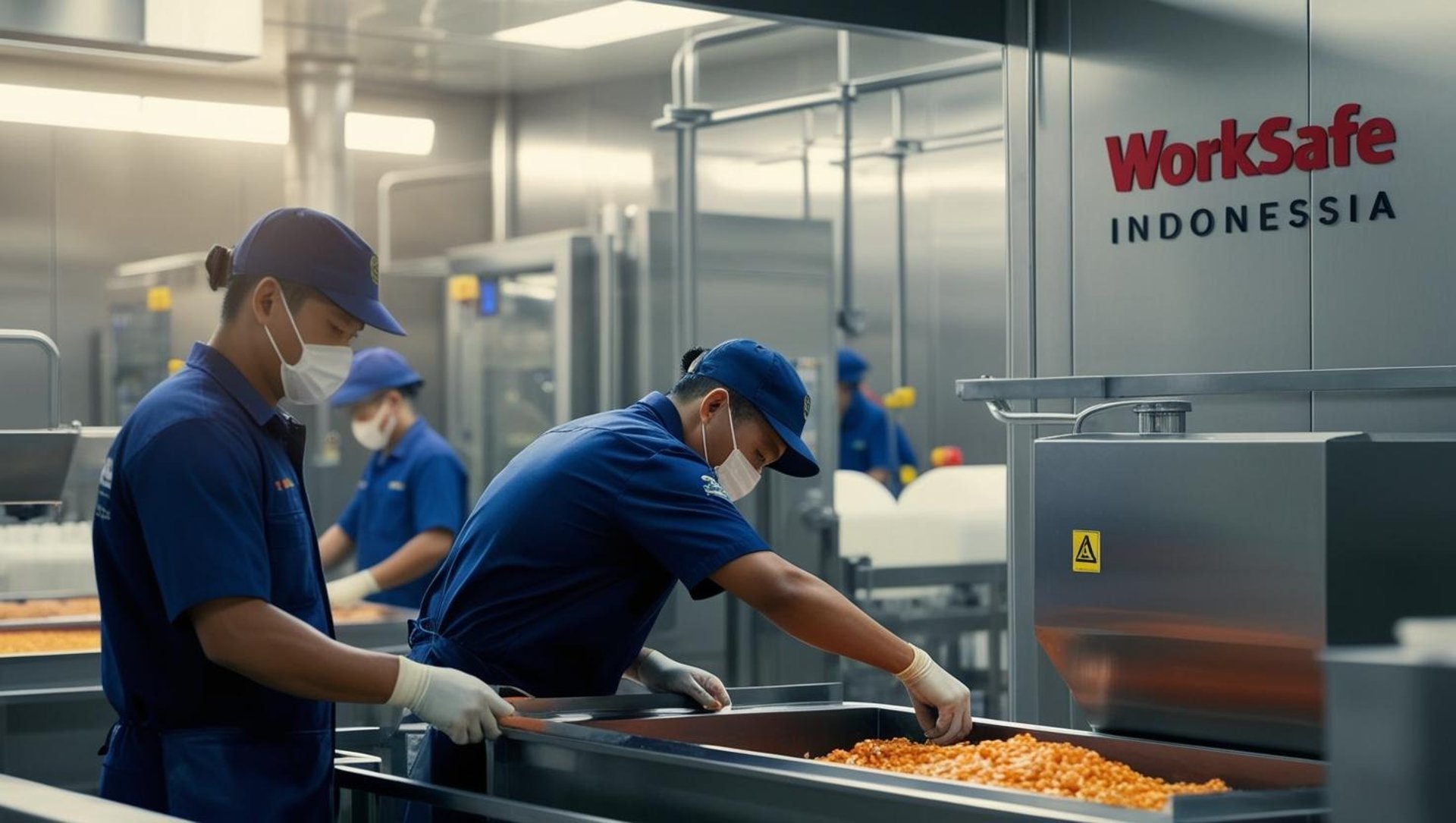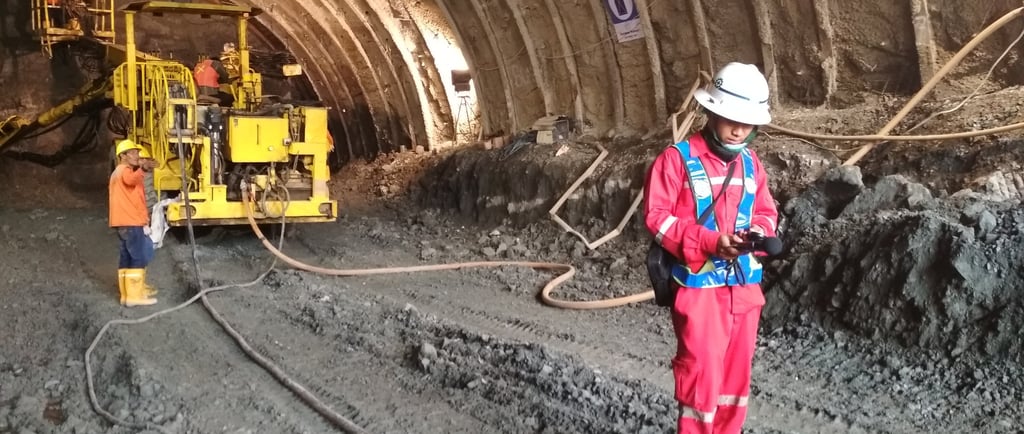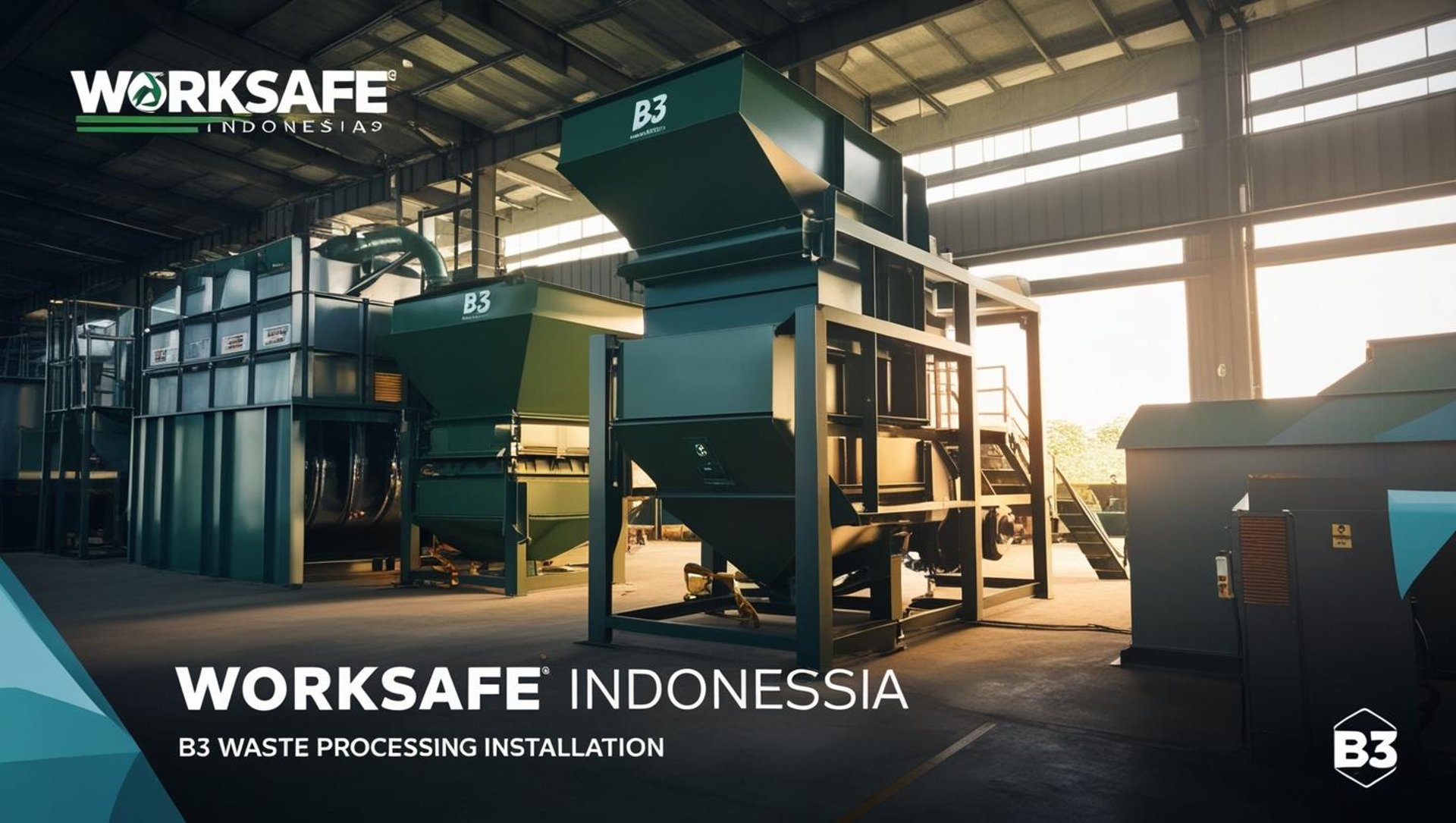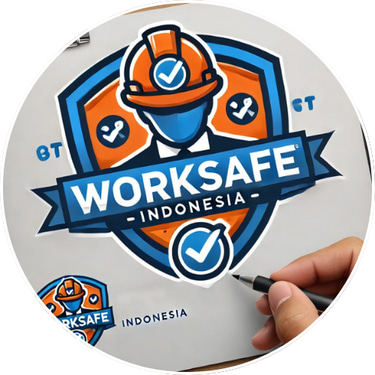
Promoting All About Safety, Health and Environmental
The Role of Gas Detector Testing in Confined Space Work
The Role of Gas Detector Testing in Confined Space Work At Worksafe Indonesia, we know that confined spaces are some of the most dangerous places to work. These are areas that are not designed for continuous occupancy and have limited entry or exit points, such as tanks, pits, silos, manholes, and tunnels.
Septian Indra
4/26/20252 min read


The Role of Gas Detector Testing in Confined Space Work
At Worksafe Indonesia, we know that confined spaces are some of the most dangerous places to work. These are areas that are not designed for continuous occupancy and have limited entry or exit points, such as tanks, pits, silos, manholes, and tunnels.
One of the greatest hidden dangers in confined spaces is the presence of toxic or oxygen-deficient atmospheres. That’s why gas detector testing isn’t just a best practice — it’s a life-saving requirement.
Why Confined Spaces Are So Hazardous
Confined spaces often have poor ventilation, allowing hazardous gases to accumulate quickly and silently. The main atmospheric risks include:
Oxygen deficiency (below 19.5%)
Oxygen enrichment (above 23.5%)
Flammable gases or vapors
Toxic gases such as hydrogen sulfide (H₂S), carbon monoxide (CO), ammonia (NH₃), or methane (CH₄)
Without early detection, workers may lose consciousness, become poisoned, or even die within minutes.
Function of Gas Detector Testing
1. Atmospheric Monitoring Before Entry
Gas detectors must be used before any worker enters a confined space.
Testing must measure for:
Oxygen level
Flammable/explosive gases (LEL - Lower Explosive Limit)
Toxic gases (e.g., H₂S, CO)
This is known as the "Three-Step Test" — in that specific order — because:
Low oxygen can affect sensor accuracy
Flammable gases are only a risk if oxygen is present
Toxic gases may not be detectable by human senses
2. Continuous Monitoring During Work
Conditions inside a confined space can change rapidly due to chemical reactions, welding, or equipment use.
Continuous gas monitoring helps ensure ongoing safety while workers are inside.
Alarms must be loud, visible, and responded to immediately.
3. Calibration and Bump Testing
Gas detectors must be:
Calibrated regularly (as per manufacturer recommendations)
Bump tested daily before use to confirm sensors are working
A faulty gas detector can give false confidence — which is deadly.
Worksafe Guidelines for Using Gas Detectors in Confined Spaces
✅ Use multi-gas detectors that monitor at least four parameters (O₂, LEL, H₂S, CO)
✅ Test the atmosphere at different heights (gases may stratify)
✅ Always have a trained standby person outside the confined space
✅ Never enter if gas readings are outside safe limits
✅ Keep detailed records of all tests and calibrations
Real Safety Starts with Real Testing
Working in confined spaces without gas testing is like walking into the unknown blindfolded. No matter how short the job is or how often you've done it before, gas hazards don’t give second chances.
At Worksafe Indonesia, we advocate for a zero-compromise policy when it comes to confined space safety. Always test, always verify, and never assume.
Keep safe. Be safe!!

